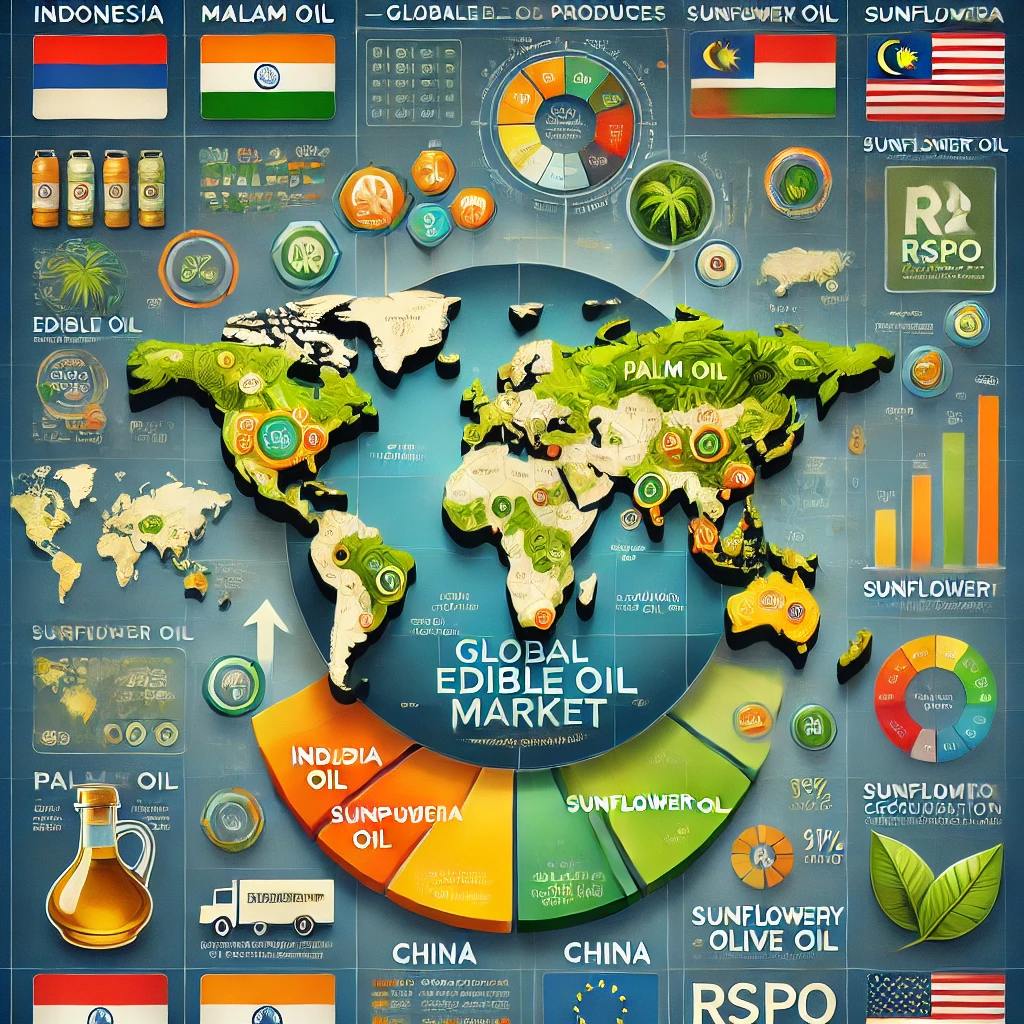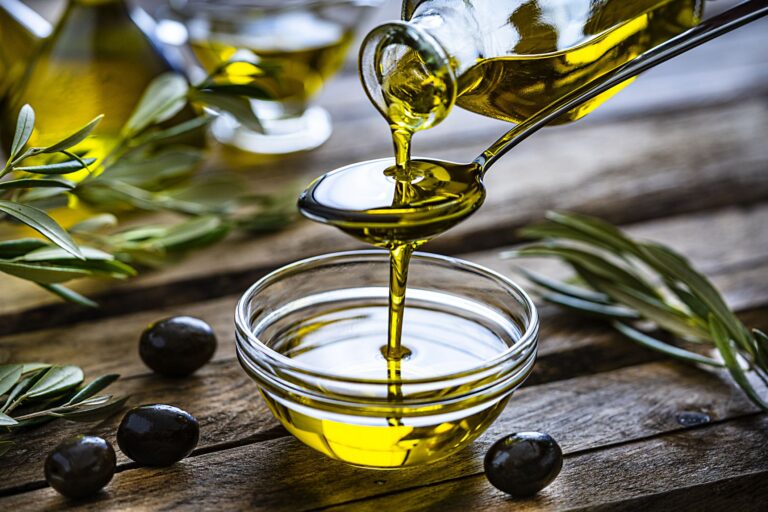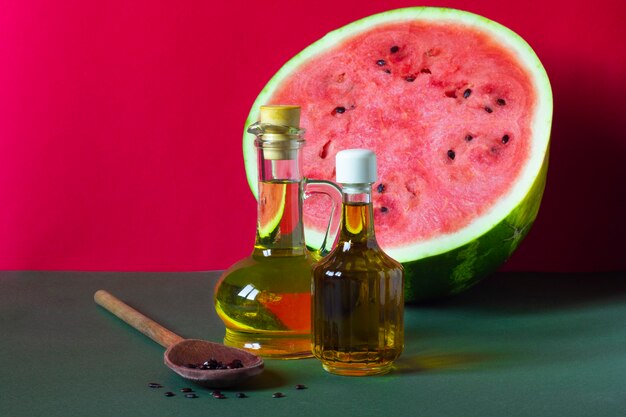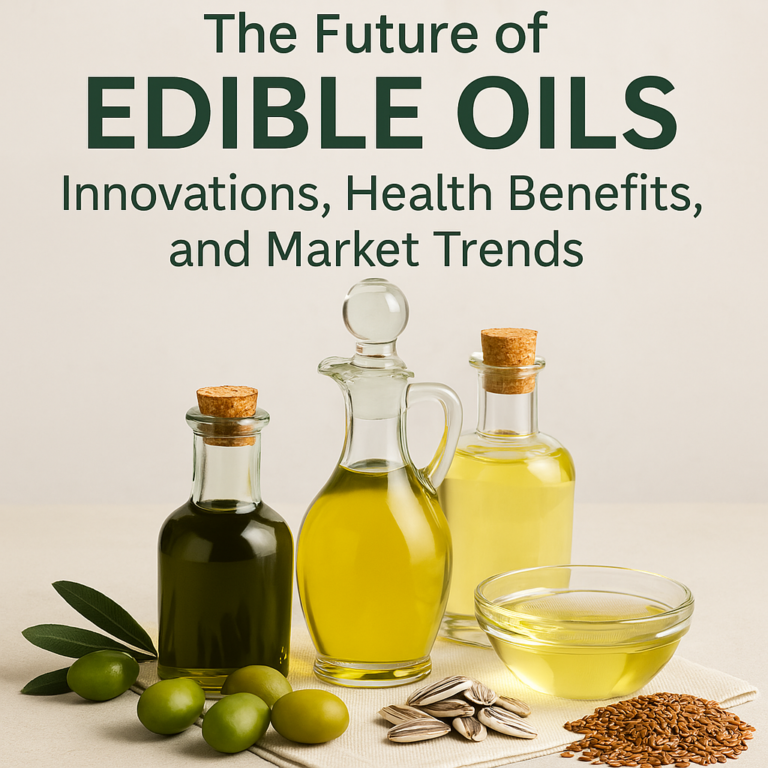
Edible oils play an essential role in global cuisines, from enhancing the flavors of dishes to being a crucial ingredient in food preparation. Among the many types of edible oils available, some stand out due to their popularity, availability, and nutritional benefits. This blog explores the most consumed edible oil worldwide, its production, uses, and its role in the food industry and global economy.
What Are Edible Oils?
Edible oils are plant-based oils extracted from seeds, nuts, or fruits that are safe for human consumption. They are widely used in cooking, baking, frying, and food preservation. Additionally, edible oils contribute to essential dietary fats, which are necessary for energy and nutrient absorption.
The Global Leader: Palm Oil
Palm oil is the most consumed edible oil in the world, accounting for approximately 36% of global edible oil production. Its popularity stems from its versatility, affordability, and extensive applications across food, cosmetics, and biofuel industries.
Why Is Palm Oil So Popular?
- High Yield: Palm oil trees produce significantly higher yields compared to other oil crops like soybeans and sunflower seeds.
- Versatility: Palm oil is used in various products, including margarine, baked goods, instant noodles, and snacks.
- Stability: It has a long shelf life and remains stable under high temperatures, making it ideal for frying and industrial uses.
- Cost-Effectiveness: Its cost is relatively low compared to other edible oils.
Production and Consumption of Palm Oil
Leading Producers
- Indonesia: The largest producer, contributing around 59% of global palm oil production.
- Malaysia: The second-largest producer, accounting for approximately 26%
Major Consumers
- India: The largest importer, where palm oil is widely used for cooking and food processing.
- China: A significant consumer due to its diverse culinary applications.
- European Union: Utilizes palm oil primarily in processed foods and biodiesel.
Other Popular Edible Oils
While palm oil dominates the global market, other edible oils also hold significant shares. These include:
Soybean Oil
- Production: Derived from soybeans, this oil is the second most consumed worldwide.
- Uses: Common in cooking, salad dressings, and processed foods.
- Leading Producers: United States, Brazil, and Argentina.
Sunflower Oil
- Production: Extracted from sunflower seeds.
- Uses: Preferred for frying and as a base for salad dressings.
- Leading Producers: Ukraine and Russia.
Rapeseed (Canola) Oil
- Production: Extracted from the seeds of the rapeseed plant.
- Uses: Common in cooking and baking due to its neutral flavor.
- Leading Producers: Canada, Germany, and France.
Olive Oil
- Production: Pressed from olives.
- Uses: A staple in Mediterranean cuisine, known for its health benefits.
- Leading Producers: Spain, Italy, and Greece.
Health Aspects of Edible Oils
Edible oils provide essential fatty acids and contribute to overall health. However, the type of fat they contain plays a critical role:
- Saturated Fats: Found in palm oil and coconut oil, they should be consumed in moderation.
- Monounsaturated Fats: Found in olive oil and canola oil, they are considered heart-healthy.
- Polyunsaturated Fats: Found in sunflower and soybean oils, they are beneficial in small amounts.
Sustainability and Challenges
The widespread consumption of palm oil comes with environmental concerns. Deforestation, loss of biodiversity, and greenhouse gas emissions are significant challenges linked to palm oil production. Governments, organizations, and industries are working to promote sustainable palm oil through certification programs like the Roundtable on Sustainable Palm Oil (RSPO).
Future Trends in Edible Oil Consumption
As global populations grow and dietary preferences evolve, edible oil consumption is expected to rise. Key trends include:
- Health-Conscious Choices: A shift towards oils with higher nutritional value, such as olive and avocado oils.
- Sustainability Initiatives: Increased demand for sustainably sourced and produced oils.
- Innovation: Development of new oil blends and alternatives, such as algae-based oils.
Conclusion
Palm oil’s dominance in the global edible oil market reflects its versatility and cost-effectiveness. However, other oils like soybean, sunflower, and olive oil play significant roles in regional cuisines and industries. As consumers become more health-conscious and environmentally aware, the edible oil industry will continue to adapt, focusing on sustainability and innovation. Understanding the dynamics of edible oil consumption can help businesses and consumers make informed choices that benefit both health and the planet.
To explore more about the different types of edible oils and their applications, check out our detailed guide: Types of Edible Oils and Their Uses: A Simple Overview. This resource provides valuable insights to help you select the right oil for your needs.




